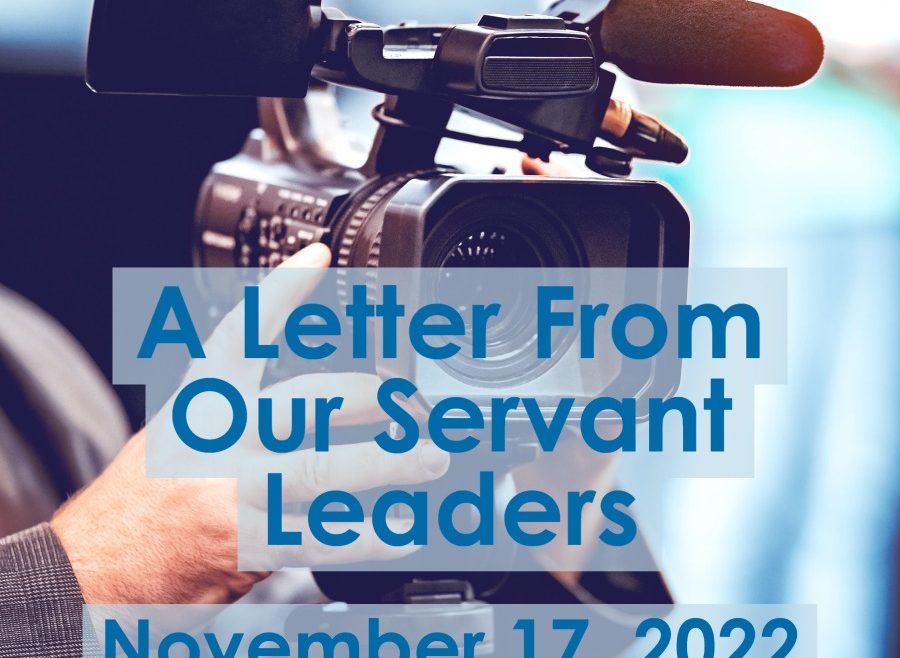My wife and I spread our charitable giving over the year, giving to a different charity or two each month. We annually add one here and there, and sometimes we subtract a charity too — usually because of how they have listened to us, or increasingly, changed their mission or activities away from our reasons for supporting them. How much we give is personal, of course, but this year more than most we feel, well, challenged.
A recent report from Giving USA shows that Americans gave less than last year — a lot less. We have not seen such a decrease since the Depression years. Rising inflation reported in conflicting but always high amounts, and consumer prices up nearly 16% last year, created insecurity and less disposable income for everyone. Families are pulling back to give only to what they feel is most important.
Meanwhile, charities have rising costs, too, so many U.S. nonprofits are feeling more than a little squeezed. Some now focus more on megadonor gifts, ignoring the perennial fact that most American giving is through the smaller gifts that add up. Sure, million-dollar gifts get media attention and feel like a good result, but the reality is that these gifts are difficult to maintain annually, often come with significant strings attached, and create feelings of have- or have-not inequity among supporters, often leading to small donor defection.
Fortunately, one trend continues. People are more likely to give, and maintain giving, to religious charities. This may be helpful to the Society of St. Vincent de Paul, but only if we focus on our mission. It is easy to report on people served, meals delivered, rent dollars paid, and the like, but our true mission is the spiritual development of our members. This is more difficult to report. We don’t have meters on Vincentians to measure how holy they are from year to year, though I’m sure someone is working on this app!
We often hear that the Society is the face of the Church, when the Church is asked about its works of mercy and/or neighborhood support. Many Bishops and Pastors also recognize this. Our Vincentian charitable spirit and kindness to others are appreciated! That said, there might be a disconnect between how we operate and how we represent ourselves in our fundraising messaging. We sometimes choose, perhaps unwisely, to compete in the crowded social services space with program numbers and focus, rather than embrace our Catholic identity and to communicate numbers as expressions of our faith.
We often learn more about why people do things only when they stop doing them. So, why do people stop or reduce giving? Personal economy factors, certainly. The lower impact of charitable giving tax incentives? Yes, though more relevant for major gift donors. The rest may come down to branding, in the sense of the personal experience for the donor. Does the donor receive the personal outcomes they “pay for” with their gift, such as feeling they have contributed to a worthy cause? Have they not only been thanked in a timely manner, but told how their gift has been used? Or conversely, have most communications only been about the need to give more, the “critical needs” of the charity, or even a shaming that the donor isn’t doing enough?
Giving to the Society is not just through direct mail and large special events. Much of our support still comes from the pews through poor boxes, special collections, and other vehicles. Our own members provide a good deal of our funds, too. These donors deserve our frequent and kind communications. We need to explain what we are doing with their gifts, how the neighborhood’s families are being served, and how we fulfill our mission daily by growing ourselves in holiness. Among the faithful, this is a powerful reason for giving! The parish bulletin is a good place to start.
The Society is so unique among nonprofits, and our requests can reflect this unique, faith-filled cause. Even if prospective donors don’t attend church services as frequently, there is still an appreciation of what the Catholic faith does and how Vincentians are the Face of Christ in our communities. Our “why you are asked to give” messages, whether asked in person, through the mail or online, have the opportunity not only to attract funds but to advertise and demonstrate our faith.
My wife and I will likely give to fewer charities this year, but with larger gifts that we feel can make an impact in line with our passions and intentions. Many families will face similar charitable giving decisions. People give through their wallets but give from their hearts. How will your Council and Conference appeal to their hearts, and their faith, in your requests for support?
Yours in Christ,
Dave Barringer
National CEO







